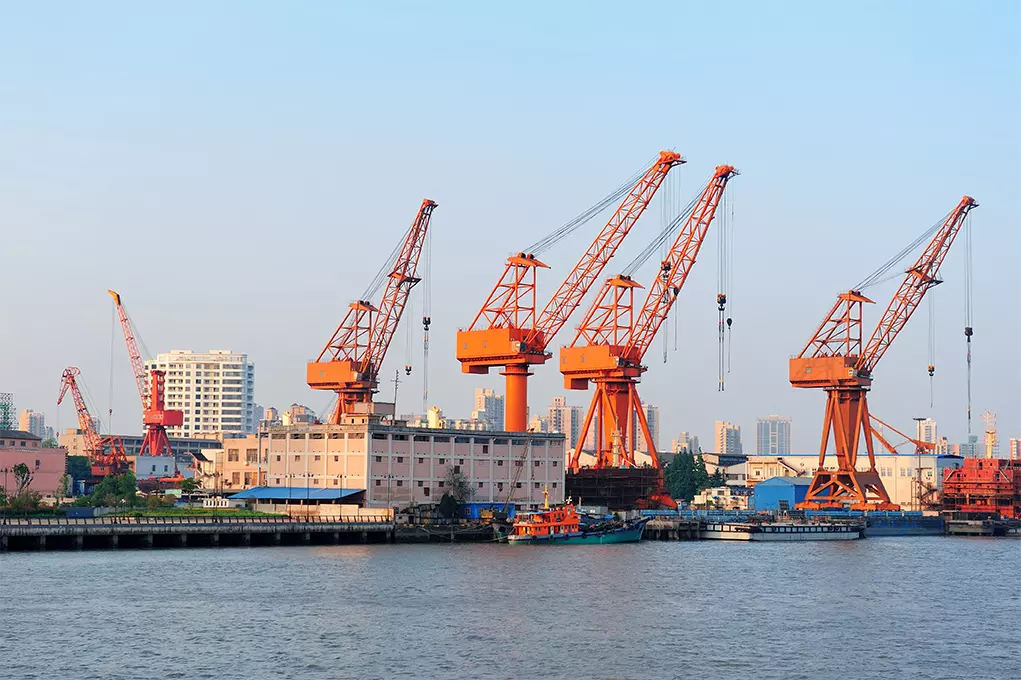Cement Buyers Caught Between Rising Costs and Shifting Trade Flows - What Comes Next?
Ridgefield (CT), USA, February 27, 2025 – Cement pricing is undergoing a major shift, with European manufacturers facing escalating costs while Asian exporters continue to gain market share through aggressive pricing and logistics advantages. The latest CW Group Global Cement Trade Price Report 4Q2024 examines how rising energy costs, regulatory pressures, and shifting trade flows are affecting cement pricing worldwide.
"Cement pricing continues to be shaped by fundamental cost disparities, with high-cost regions struggling to maintain competitiveness while low-cost exporters expand their global reach," said Tiago Sá, Director at CW Group. "Understanding these shifts is crucial for buyers, traders, and manufacturers seeking to optimize their sourcing strategies in 2025."
Why Are Cement Prices Rising in Some Markets While Others Stay Competitive?
European cement export prices hit USD 129 per ton in 4Q2024, among the highest levels recorded in recent years. Why? Rising electricity and fuel prices, carbon regulations, and higher production costs have created an expensive manufacturing environment, putting European cement at a competitive disadvantage in global trade.
By contrast, Southeast Asian exporters have capitalized on cost-efficient production, strengthening their trade influence in key importing markets. Freight rates have eased in several trade corridors, allowing Asian producers to offer even more competitive pricing—a trend that is shaping long-term buyer preferences.
Clinker and White Cement Markets Show Contrasting Trends
While gray cement prices are shifting, white cement prices have remained stable at USD 153 per ton, reflecting strong demand in high-end construction projects across Europe and the Middle East.
Meanwhile, clinker prices increased by 3.7% quarter-over-quarter, as higher production costs in energy-intensive markets have forced manufacturers to adjust pricing strategies. Clinker’s energy dependency continues to make it one of the most volatile cement segments in terms of pricing.
Freight Costs Provide Context for Cement Trade Shifts
Freight rate fluctuations continue to influence cement pricing and trade flows. The Baltic Dry Index declined by 19 percent in 4Q2024, reducing transportation costs for some exporters, while Western European cement producers have not seen the same relief due to high port fees and supply chain inefficiencies. The impact of freight costs on global trade flows is adding another layer of complexity to sourcing decisions, reinforcing the competitive advantage of suppliers in cost-effective regions.
Why This Report Matters
Cement pricing is evolving rapidly, creating both risks and opportunities for industry participants. The Global Cement Trade Price Report 4Q2024 from CW Group delivers:
- Regional price trends for gray cement, white cement, clinker and slag
- Market insights into trade flows, cost drivers, and freight shifts
- Exclusive pricing forecasts to help businesses plan ahead
Stay ahead of shifting cement trade dynamics. Get exclusive access to regional pricing trends, cost breakdowns, and forward-looking forecasts in the Global Cement Trade Price Report 4Q2024 by CW Group.
🔎 Make informed decisions before the market moves—download the full report now: HERE
About CW Group
CW Group is a leading consulting, research, and business intelligence boutique specializing in global market analysis and strategic insights. Our reports empower businesses to make informed decisions in dynamic, fast-evolving industries.
Media Contact:
Liviu Dinu, Market Services and Marketing Consultant
Email: ld@cwgrp.com
Tel: 0040754625768
For Expert Commentary:
Carolina Pereira, Director at CW Group
Email: cp@cwgrp.com
Tel: +351913658780

